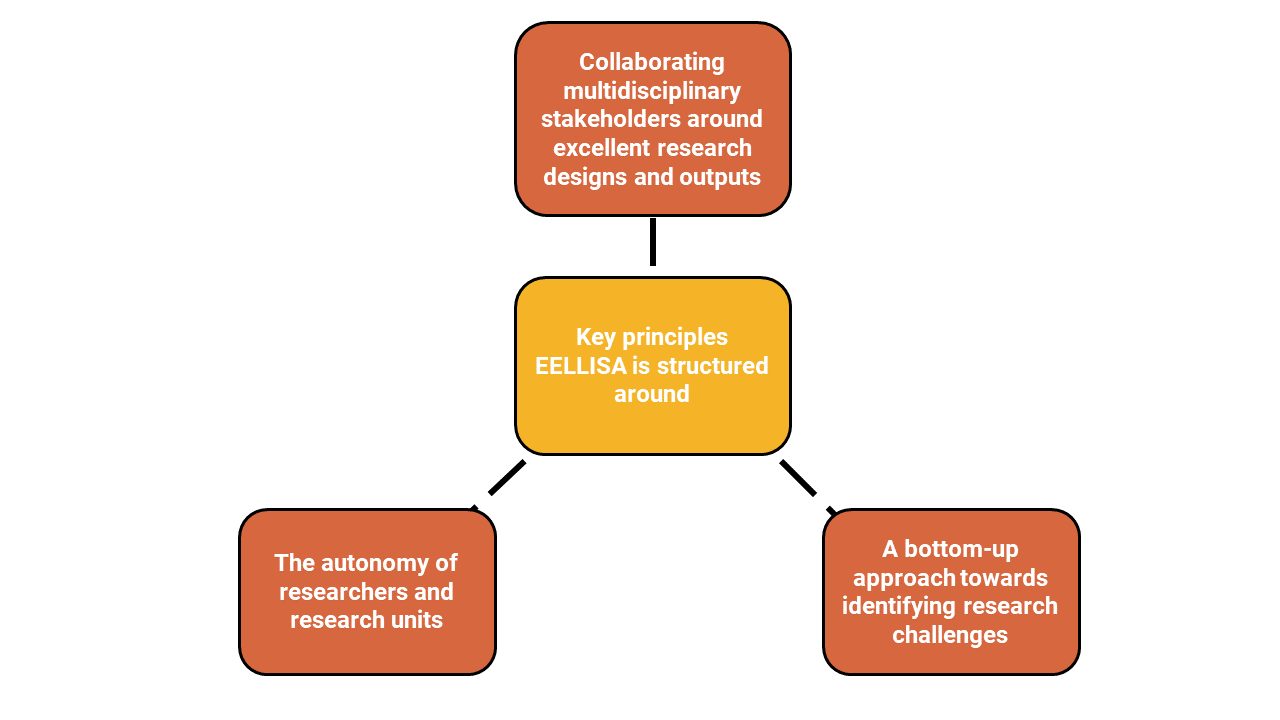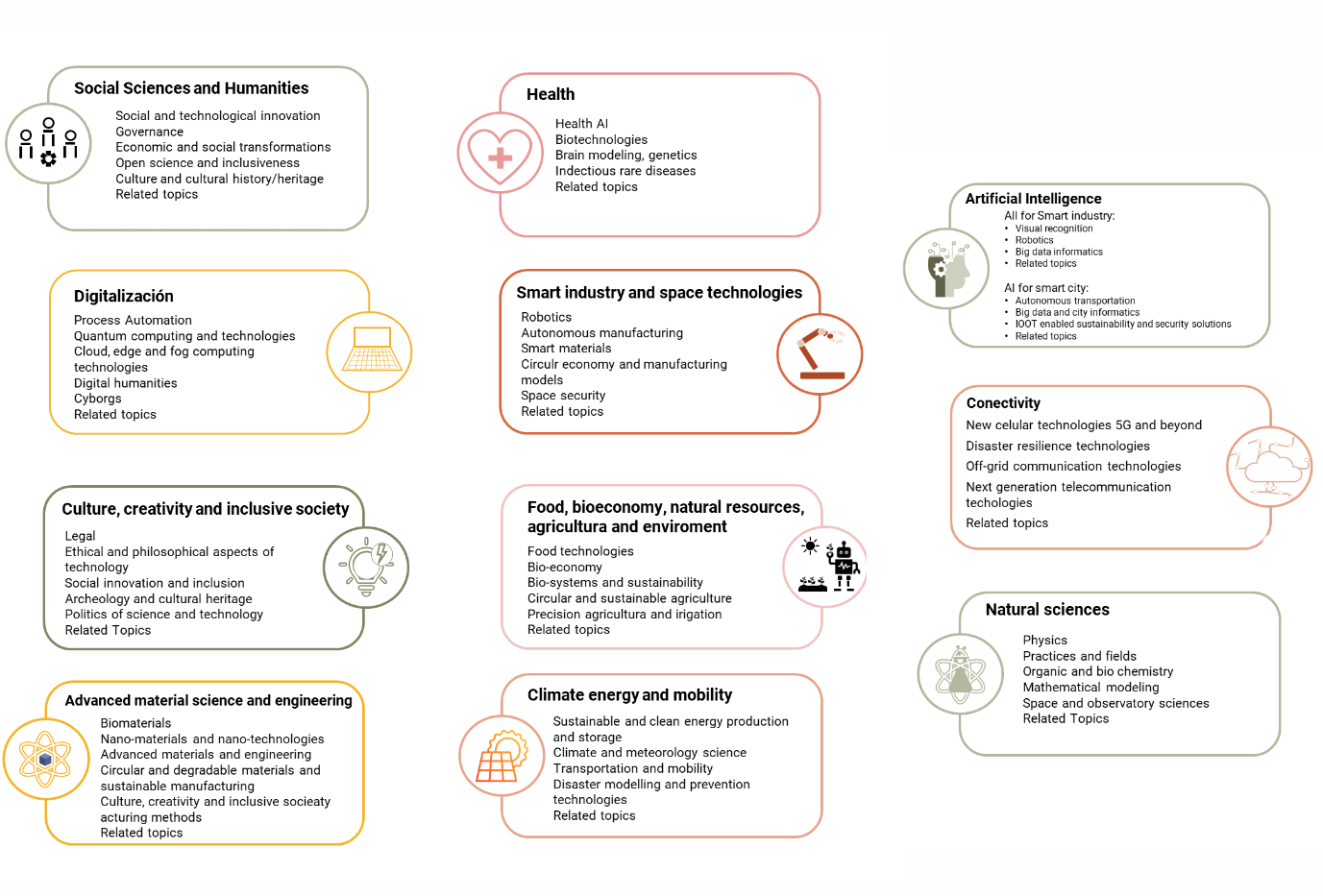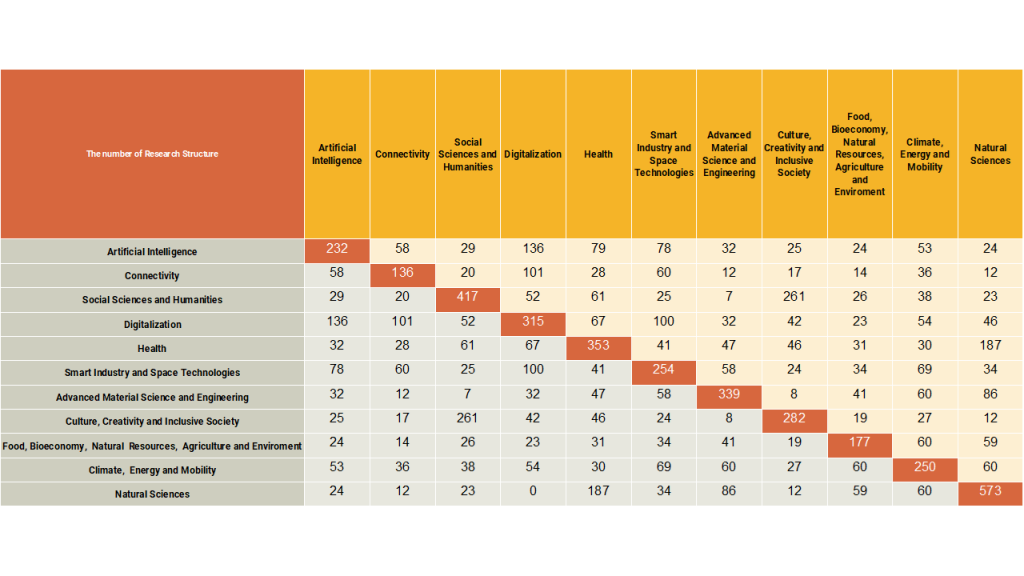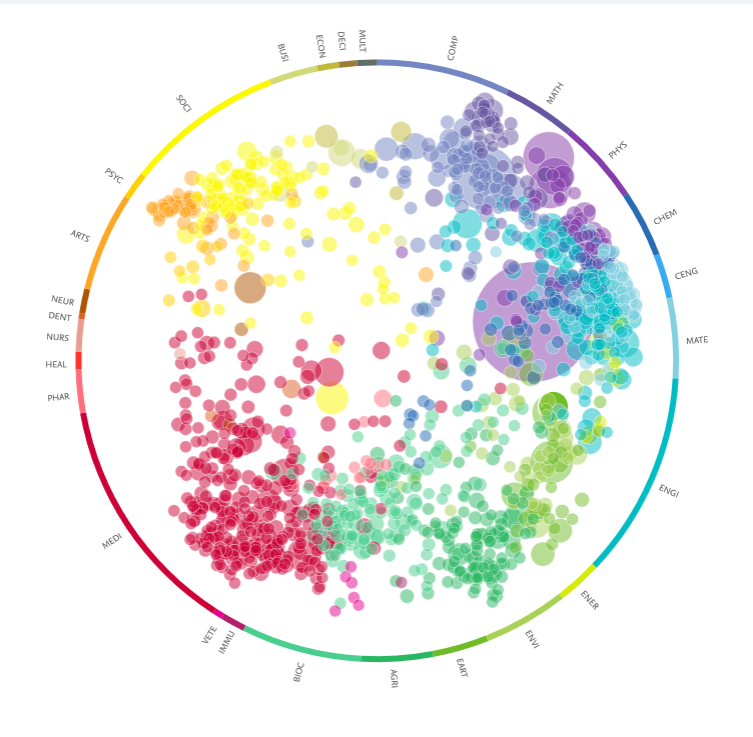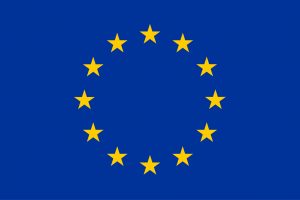EELISA InnoCORE R&I Symposium – joining efforts to build a change-maker mindset
The I EELISA R&I InnoCORE symposium took place last week on 16 May, together with the first EELISA Research-Based Learning Symposium. Research and innovation experts met at ITU in Istanbul to discuss how to deepen collaboration in research, innovation and entrepreneurship across the Alliance. Participants had the opportunity to get to know better how EELISA…

